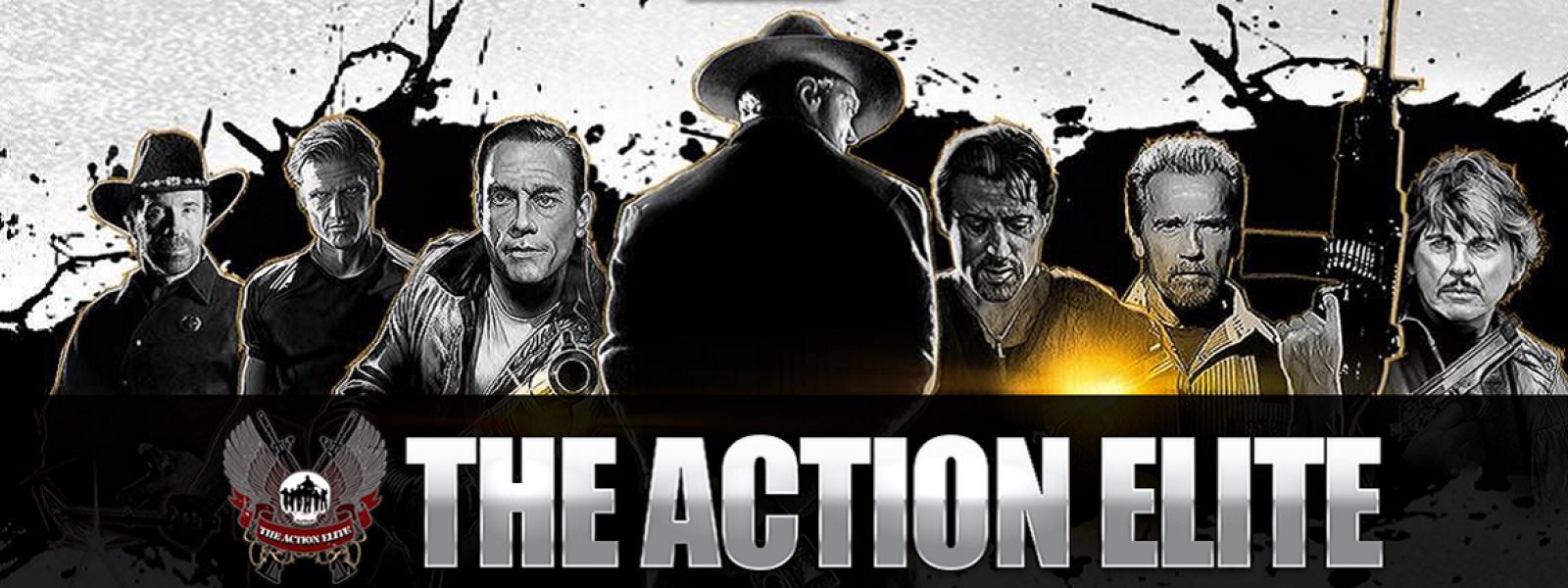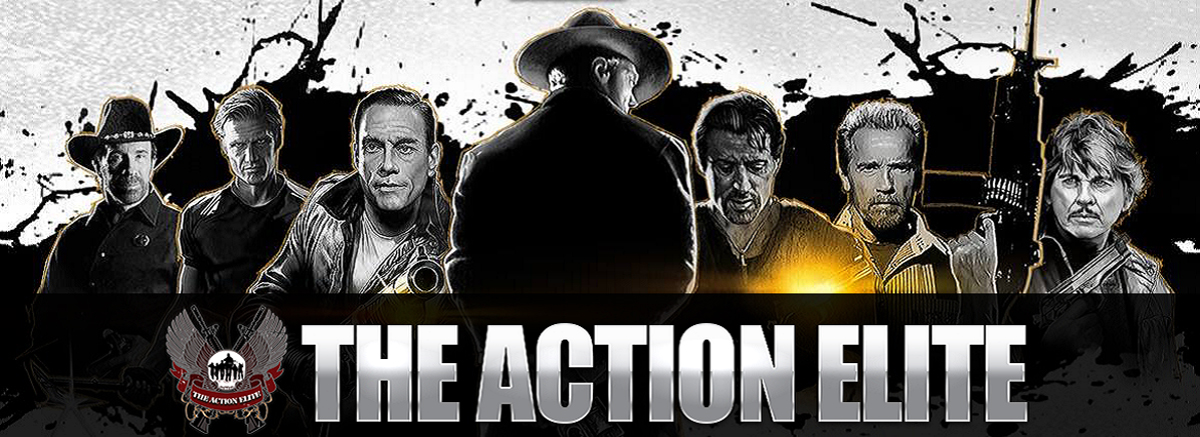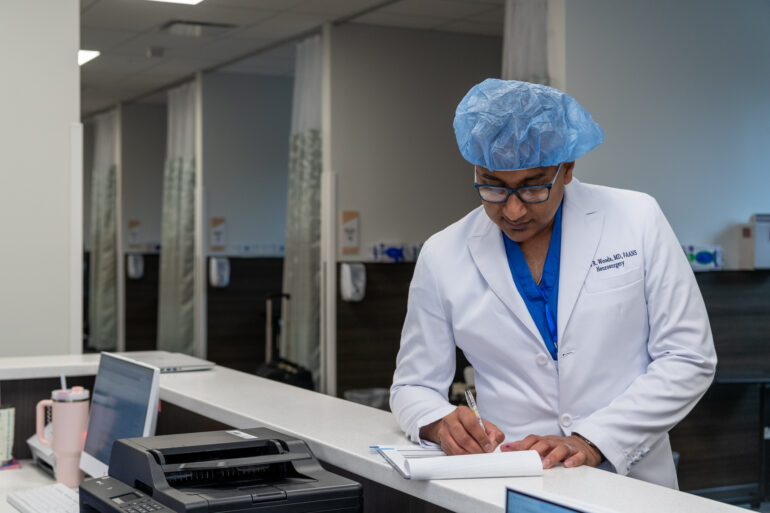In the glamorous, high-octane world of action cinema, audiences are captivated by explosive car chases, heart-stopping stunts, and epic fight sequences. What often goes unnoticed, however, is the team working tirelessly behind the scenes to ensure the safety and well-being of everyone involved. Among the most crucial—yet unsung—members of this team is the on-set medical professional.
A hired doctor for action movies isn’t just a luxury or precautionary measure; it’s an essential role that can make the difference between life and death, safety and risk, or a smooth shoot and a halted production.
- Safeguarding Cast and Crew
Action films, by their nature, involve a higher degree of physicality and danger. From complex fight choreography to wire work, pyrotechnics, and high-speed driving scenes, these productions push the boundaries of what performers and stunt professionals can do. Even with extensive planning and safety protocols, the risk of injury is ever-present.
Having a doctor on set ensures immediate medical intervention in the event of an accident. Whether it’s a sprained ankle, a cut, or a more severe injury such as a concussion or fracture, a medical professional can assess and treat the situation without delay. This immediate response can prevent complications, reduce downtime, and potentially save lives.
- On-the-Spot Medical Expertise
Paramedics are often employed on set, particularly for larger productions, but a licensed doctor brings an additional layer of medical authority and knowledge. Doctors are trained to make complex diagnostic decisions quickly, administer a wider range of treatments, and, if necessary, coordinate emergency hospitalisation.
In high-pressure situations, especially in remote filming locations where emergency services might take longer to arrive, having a doctor on hand can be invaluable. Their presence ensures that any medical response is not only swift but also expertly managed. In action sequences where adrenaline and physical exertion are pushed to the limit, this professional oversight becomes indispensable.
- Maintaining Production Schedules
Time is money in the film industry. A serious injury on set can halt production for hours, days, or even weeks, significantly increasing costs. Moreover, delays can have a domino effect on location rentals, crew availability, and actor schedules.
A hired doctor can minimise these disruptions by assessing and treating minor injuries immediately, allowing cast or crew to return to work sooner if it’s medically safe to do so. They can also provide advice on whether further filming is feasible, helping directors and producers make informed decisions that protect both the individual and the overall timeline.
- Mental and Physical Health Monitoring
Filming an action movie can be grueling. Long hours, extreme weather conditions, physical exertion, and high-pressure environments take their toll on everyone involved. A doctor can monitor the overall health, fitness and wellbeing of cast and crew, catching signs of dehydration, exhaustion, or stress-related issues before they escalate into more serious problems. They could also recommend a professional personal trainer to improve their health and fitness.
This aspect is particularly vital for lead actors who are expected to perform under physically demanding circumstances day after day. The doctor’s role isn’t just about reacting to injuries; it’s also about preventing them by identifying signs of fatigue or overwork and recommending rest or adjustments to the filming schedule.
- Stunt Supervision and Risk Assessment
Doctors often collaborate closely with stunt coordinators and safety officers during pre-production and throughout the shoot. Their medical insight helps inform risk assessments, guiding decisions on what stunts are feasible and what precautions need to be in place.
For example, if a scene involves a high-impact fall, a doctor can help evaluate the physical toll such a stunt might have on a performer and suggest modifications or recovery time as needed. Their presence reassures cast and crew that their health is being actively considered in the planning of each sequence.
- Support in Remote or International Locations
Many action films are shot in remote or international locations far from urban hospitals or medical facilities. In such cases, having a dedicated doctor as part of the travelling crew is not just helpful—it’s essential.
They come equipped with portable medical kits, first aid supplies, and sometimes even satellite communication devices in extreme environments. Their role is to provide continuity of care, ensure vaccinations or travel health precautions are observed, and handle any local medical emergencies before a hospital can be reached.
- Legal and Insurance Requirements
In many countries, especially those with strict occupational health and safety laws, having a medical professional on set is a requirement for productions involving hazardous work. Film insurers may also demand the presence of a doctor as a condition for coverage when the movie includes high-risk stunts or dangerous filming conditions.
In this context, the doctor not only provides health support but also acts as a compliance officer, ensuring that health regulations are observed and reducing the risk of liability for the production company.
- Building Trust with Cast and Crew
The physical and emotional risks involved in shooting an action movie are substantial. Knowing that a trained medical professional is present can be a great comfort to actors, stunt performers, and crew members alike. It fosters a culture of safety and professionalism on set.
This trust is especially important for performers who are pushing their physical limits. They need to feel that if something goes wrong, someone competent and experienced will be there to help. A visible commitment to health and safety also boosts morale and can lead to improved performance on screen.
- Tailored Medical Support
Unlike hospital-based doctors, on-set physicians need to adapt their approach to a creative and dynamic environment. Many of them undergo specialist training in occupational or set medicine. They understand the unique pressures of the entertainment industry and offer practical, context-aware solutions.
This might mean providing discreet treatment between takes, working within the constraints of a tight shooting schedule, or navigating the politics of a production hierarchy to advocate for a performer’s health. Their role is as much diplomatic as it is clinical.
- Addressing Emergencies During Public Filming
Action movies are often filmed in public spaces, with large crowds or extras present. When filming a chase scene in a city square or a pyrotechnics-heavy sequence on location, the potential for accidents increases—not just for cast and crew, but for bystanders as well.
A doctor on set can respond not only to internal emergencies but also to any incidents involving the public. Their presence ensures that the production can maintain its public image as a responsible and safe operation.
Final Thoughts
In the intricate and hazardous world of action filmmaking, the role of a hired doctor cannot be overstated. They are far more than a medical resource—they are guardians of safety, enablers of efficiency, and contributors to the artistic process. Their work ensures that the breathtaking scenes we enjoy on screen are executed with care, responsibility, and respect for human health.






